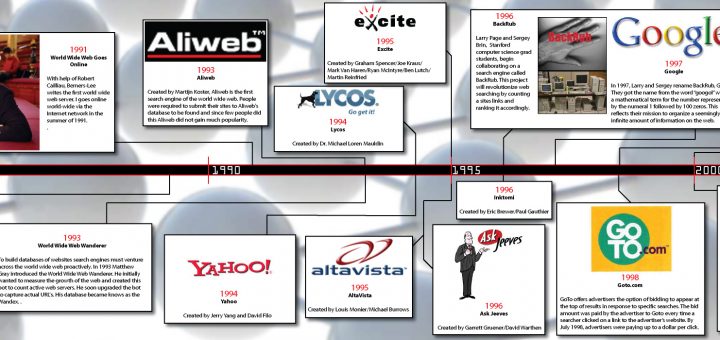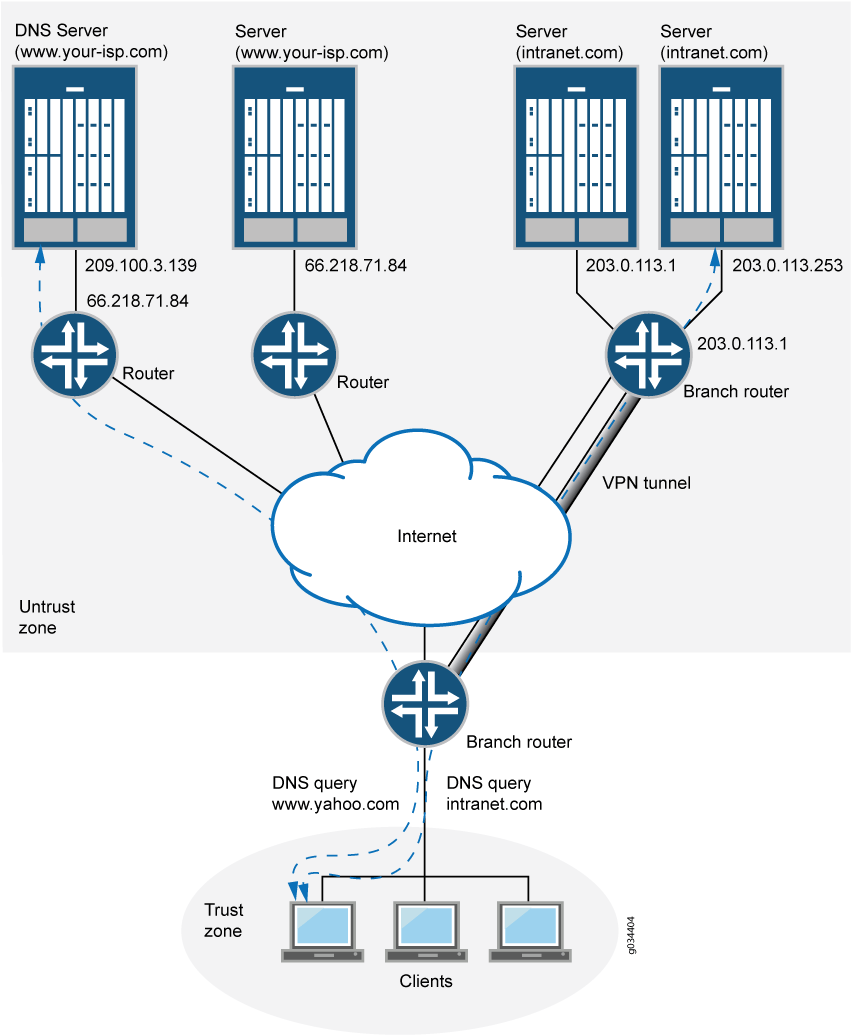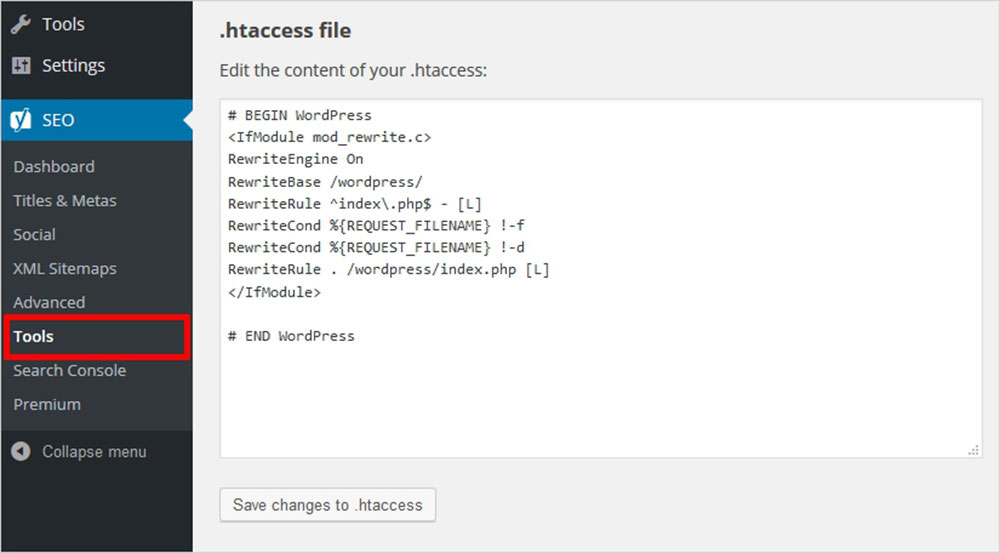
One way to improve the performance of Apache web server is by adjusting its settings. Some of these settings include the MaxRequestWorkers directive, SymLinksIfOwnerMatch, and MinSpareServers. You can improve the website's speed by changing these settings.
KeepAlive directive
Apache's KeepAlive directive limits the number of requests it will accept per persistent connection. It should limit it to 100 requests per persistent connection, but can be increased to handle larger traffic volumes. KeepAlive also controls MaxKeepAliveRequests. This parameter limits the number per persistent connection. To avoid overloading the server, set MaxKeepAliveRequests higher if you use a dedicated server.
MaxRequestWorkers
Apache's MaxRequestWorkers directive places a limit on how many concurrent connections it can handle. This directive is used to prevent the Apache server from using all available resources. A value that is too low can cause the server thrashing and data loss. A value that is too high can cause the entire server to crash.

SymLinksIfOwnerMatch
Apache is vulnerable to malicious users changing symlinks repeatedly. This is known as "race conditions." This is what attackers call a "race condition". An attacker can modify a symlink many times and inject malicious content to the user's file. A workaround is to disable SymLinksIfOwnerMatched in Apache's config.
MinSpareServers
Apache can handle many requests. Therefore, it is important to set Apache up for a limited number of child processes. MinSpareServers and MaxSpareServers are two configurations you can adjust in the Apache conf file. Both configurations determine how many child processes will be started by the parent process during startup. Ideally, you want these settings to be close to or equal to the number of MaxClients.
Expires
Expires headers help speed up the loading of web pages and prevent outdated content. These headers are used to reduce the number HTTP requests to the website server. This will make your site load quicker and is especially useful for complicated web pages. The Expires headers enable your browser to cache certain files on a webpage instead of downloading them.
Etag
An ETag is a piece of code that uniquely identifies a page. It can be a simple MD5 hash or can contain additional attributes. Apache generates the ETags based on the file’s inode number and the last modified date. The ETags are stored in response header.

Headers of Cache-Control
Cache control headers are HTTP headers that specify caching policies for browsers. They define the cache-control headers that control the storage location and how long resources can be stored. They can also set the maximum age before expiration. An Expire header indicates a date at which the resource should cease to be valid. A browser will then need to re-cache that resource. Most webmasters recommend that you use cache-control headers. They allow for advanced caching policies.
Memory usage-limiting modules
Apache provides memory usage-limiting module that allows you to limit the amount of memory a particular process can use. A process can be restricted by many factors including its overall size and how much shared or unshared memory it has. These limitations can be applied to both parent and child processes.
FAQ
How to Create a Static Website
Two options are available when you create your first static web site.
-
Using a Content Management System (a.k.a. WordPress: This software can be downloaded and installed on your computer. This will allow you to create an essential website.
-
A static HTML website is created by you. It's not hard to do if you already understand HTML.
You might consider hiring an expert to design your website if you are planning to build a large site.
Start by choosing option 2.
Can I use a Template or Framework on My Website?
Yes! When creating websites, many people use pre-built templates. These templates contain all the code needed to display information on your page.
These are some of the most requested templates:
WordPress - One of the most used CMSes
Joomla – Another popular open-source CMS
Drupal - An enterprise-level solution for large companies
Expression Engine - a proprietary CMS from Yahoo
Hundreds of templates are available for each platform, so finding the right one should be easy.
Is it better to hire a web designer than do it myself?
If you are looking to save money, don't spend on web design services. However, if you are looking for high-quality results, hiring someone to design your website might not be worth it.
The truth is, there are many different ways to build websites from scratch without the need for expensive professional designers.
If you're willing and able to invest the time and effort to create a stunning website, you can use free tools such as Dreamweaver or Photoshop to learn how to do it yourself.
It is possible to outsource your project to a freelance web developer, who will charge by the hour rather than per-project.
Statistics
- It's estimated that chatbots could reduce this by 30%. Gone are the days when chatbots were mere gimmicks – now, they're becoming ever more essential to customer-facing services. (websitebuilderexpert.com)
- Is your web design optimized for mobile? Over 50% of internet users browse websites using a mobile device. (wix.com)
- The average website user will read about 20% of the text on any given page, so it's crucial to entice them with an appropriate vibe. (websitebuilderexpert.com)
- It enables you to sell your music directly on your website and keep 100% of the profits. (wix.com)
- Did you know videos can boost organic search traffic to your website by 157%? (wix.com)
External Links
How To
How to Use WordPress for Web Design
WordPress is a tool for creating websites and blogs. You will find many features such as easy installation and powerful theme options. This website builder allows you to customize your site according to your preferences. You can choose from hundreds of themes or plugins to make your site unique. If you would like, you can even add your own domain name. You can manage your site's appearance, functionality, and design with these tools.
WordPress allows you to create beautiful websites even if you don't know how to code HTML. You don't need to know any programming skills to create a professional-looking website. We'll walk you through how to install WordPress on your PC and show you the basics of getting your blog online. We'll explain everything so you can follow along at home.
WordPress.com is the most well-known CMS (Content Management System). There are currently 25 million users worldwide. There are two versions available for WordPress. You can either buy a monthly license or download the source codes and host it yourself for $29 each month.
WordPress is an excellent blogging platform for many reasons. For one thing, it is very simple to use, and anyone who can write a little bit of HTML can create a great-looking site. It also offers flexibility. WordPress.org has many free themes that allow you to change the look of your website without paying a dime. It's also very customizable. Many developers offer premium addons to allow you update posts automatically after someone comments. You can also integrate social media sharing in your site.